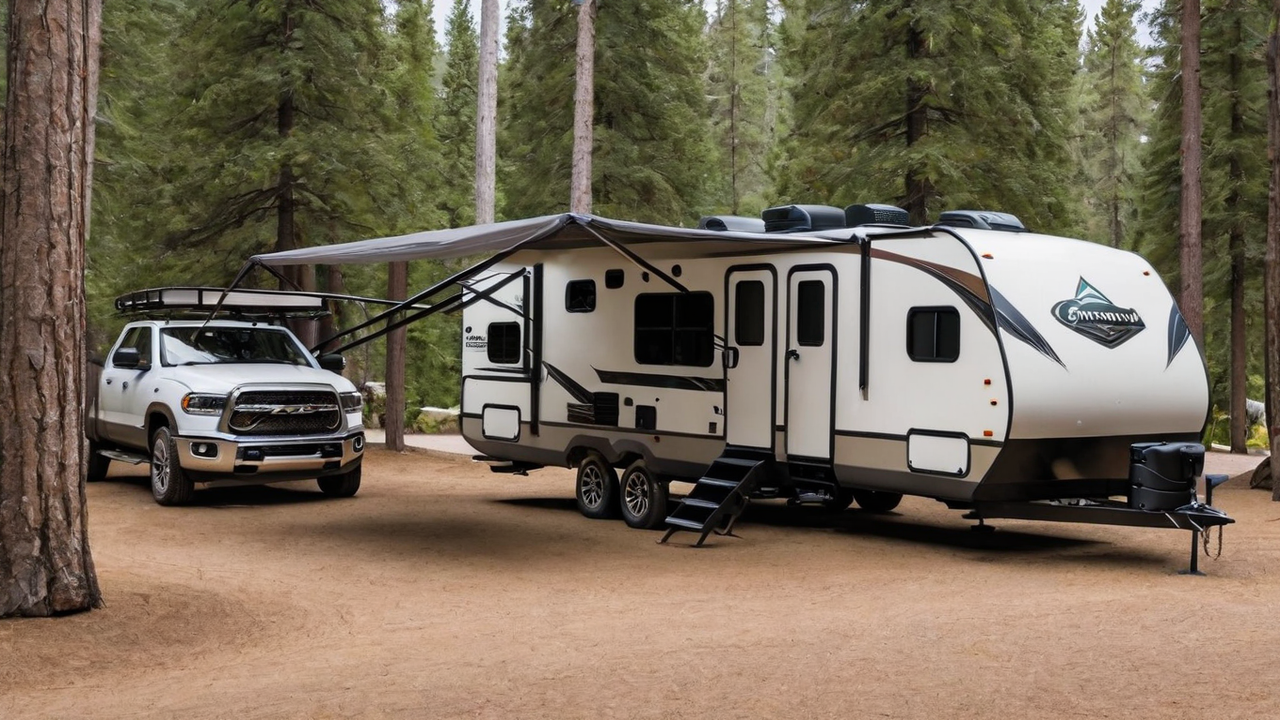Creating an Optimal User's Interface: Design Guidelines for Campground Software
Creating an Optimal User's Interface: Design Guidelines for Campground Software
Blog Article

Grasping The Audience
Identifying whom the target users are crucial in designing an effective user's interface. It is essential to take into account the needs, likes, and tech competence. This understanding guides every design choice, ensuring that your software becomes user-friendly and easy to use.
Understanding the audience likewise means recognizing their challenges and the way they intend to use your campground software. It enables the designers to tailor functions and functionalities that address specific requirements, making your application not only useful but also essential.
Simplifying the Navigation System
Simplifying your navigation can be a critical component of user interface designing. A clear navigation structure guarantees users can quickly locate what they're searching for, reducing frustration and enhancing user satisfaction. It's about the experience within the app as seamless as possible.
Furthermore, effective navigation guides users throughout your software, emphasizing features and capabilities that they might otherwise miss. This an strategy not only boosts usability but also promotes deeper interaction with the campground software's full array of capabilities.
Integrating High Quality Visuals
Graphics play an vital role in making a engaging UI. Visuals aid in breaking up text and can convey functions more efficiently than words alone. Selecting the appropriate images, icons, and color schemes can improve the overall aesthetic of the application, thereby making it more appealing to your eye.
Moreover, a consistent visual style is for establishing a strong brand identity and trust amongst your users. Each element ought to be in alignment with the brand’s principles and the message of your application, creating a seamless experience that is both professional and welcoming.
Improving the Responsiveness
In today’s online world, people demand campground software to be fully responsive on every devices, from desktops to smartphones. An responsive design guarantees that no matter of what device size, your software delivers an uncompromised user experience. This not only improves usability but also caters to your users’ mobile lifestyle.
Moreover, enhancing your software’s responsiveness can also lead in improved speed, minimizing the loading time and preventing frustration. Visitors value a speedy and efficient experience when using camping applications, making performance a crucial element in satisfaction levels.
Optimizing the Search
Locating data efficiently is fundamental in any software, especially in campground software systems. Enhancing your search feature allows users to quickly locate exactly what they're searching for, which enhances user experience and productivity. Through advanced search features, you minimize user frustration and boost general satisfaction.
Furthermore, complex search options like filters and tags can assist in narrowing down search results, making it search process more effective. Implementing these features shows an understanding of the users' needs and an effort to enhancing the user’s interaction with your campground system as seamless and productive as possible.
Prioritizing Security
Security must be a top priority when coming to developing campground programs. Your users expect to be secure when providing their private information. Ensuring robust security measures not only protects the data but also builds trust between the user and the brand.
Beyond basic protections like strong passwords and data encryption, it's important to consider implementing additional security measures such as two-factor authentication or biometric verification. These features provide an extra layer of security, ensuring that customer information is held secure from unwanted access.
Utilizing Feedback
Listening to feedback is crucial for continuous development of any campground program. It enables the developers to grasp what is working, what doesn’t, and how the software can be bettered to meet user needs. This feedback creates a sense of community between the customers and your development team, which makes them feel like they are actively a part of the product's journey.
Incorporating feedback effectively can lead in noticeable enhancements in UI designs and the overall UX. Implementing changes based on actual feedback shows that the brand listens to its customers and is dedicated to providing a top-notch product.
Maintaining Simplicity
In UI design, the principle of simplicity is fundamental. An unnecessarily complicated interface can overwhelm the users, resulting in an unpleasant user experience. Simplicity, on the hand, makes your software more intuitive and user-friendly. It promotes greater user engagement and satisfaction.
Furthermore, keeping the simplicity should extend to the content and functionality. Avoiding unneeded features that don’t contribute real value can help ensure that your interface remains clean and focuses on meeting the essential needs of your end-users. By doing so, you can craft a view more more effective UX that appeals with your target audience.
Report this page